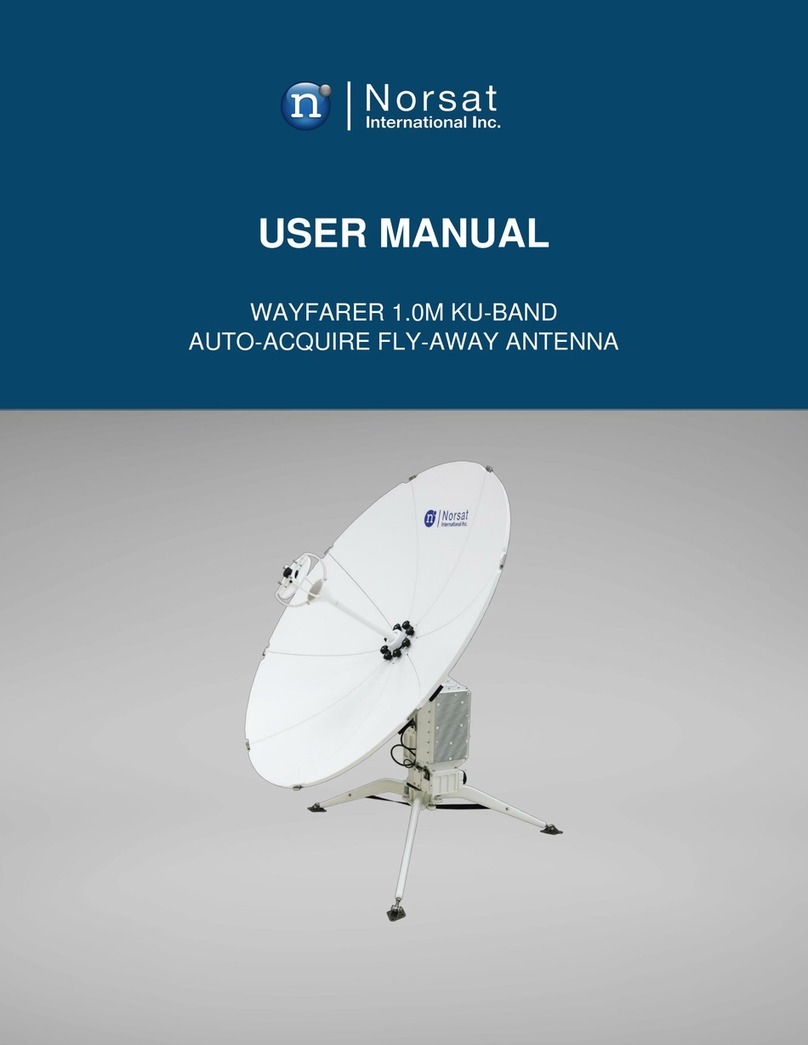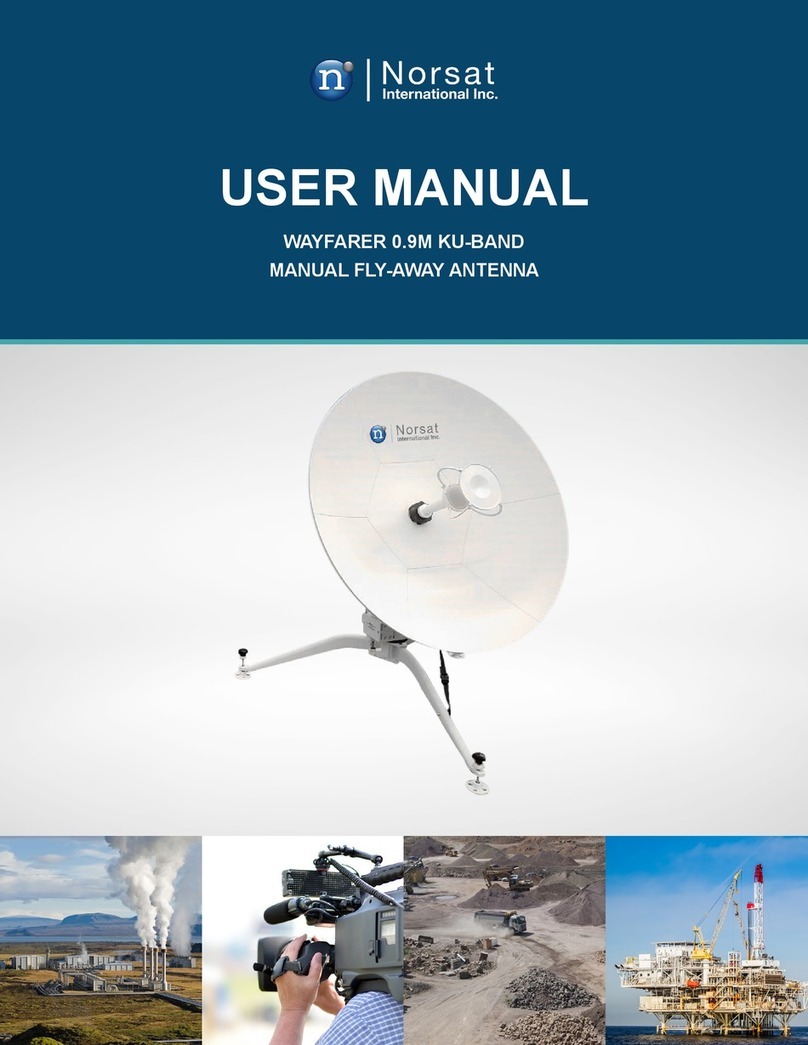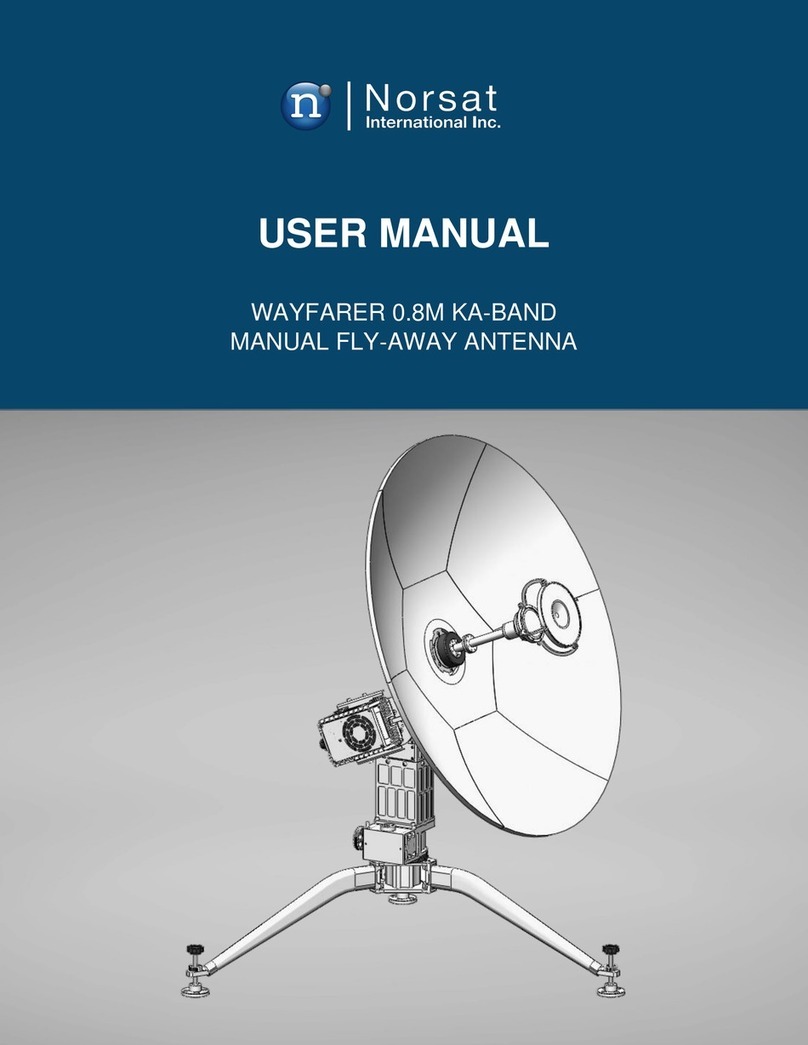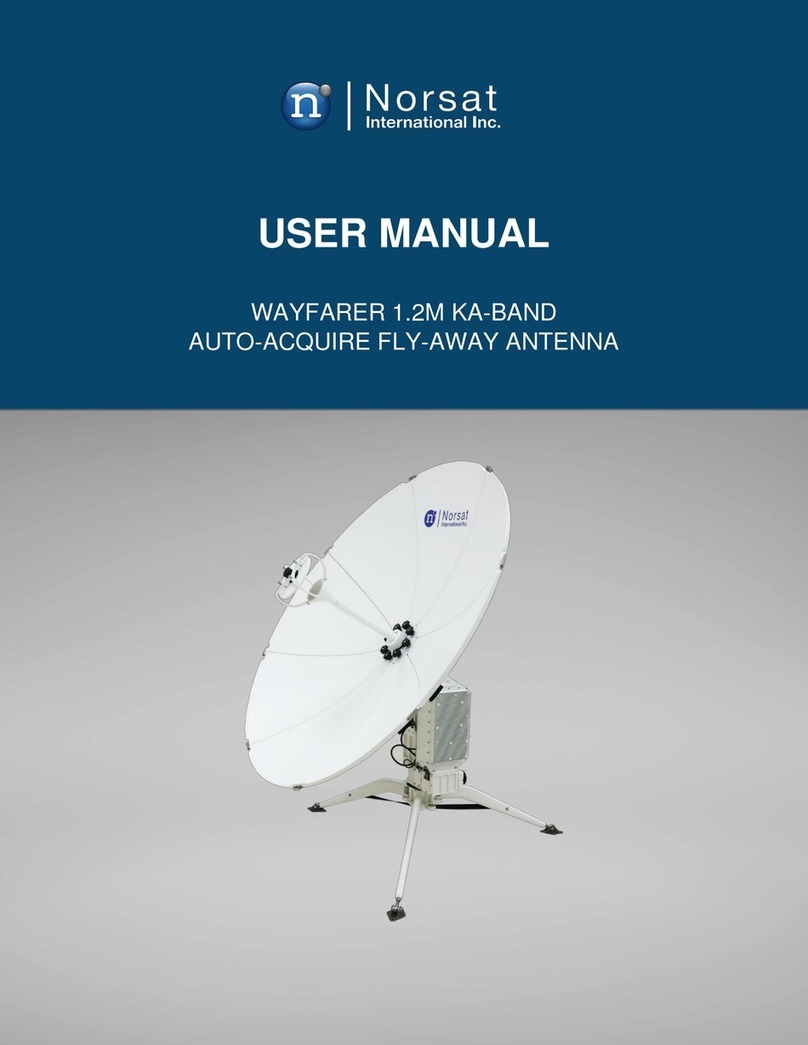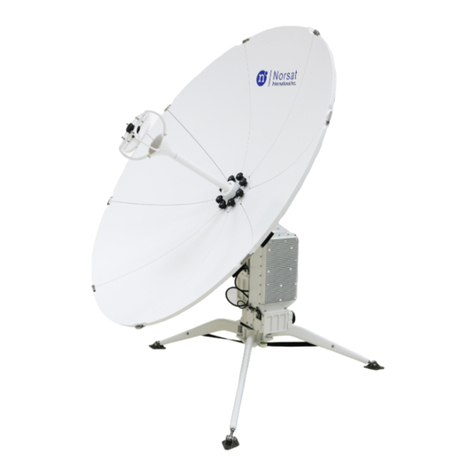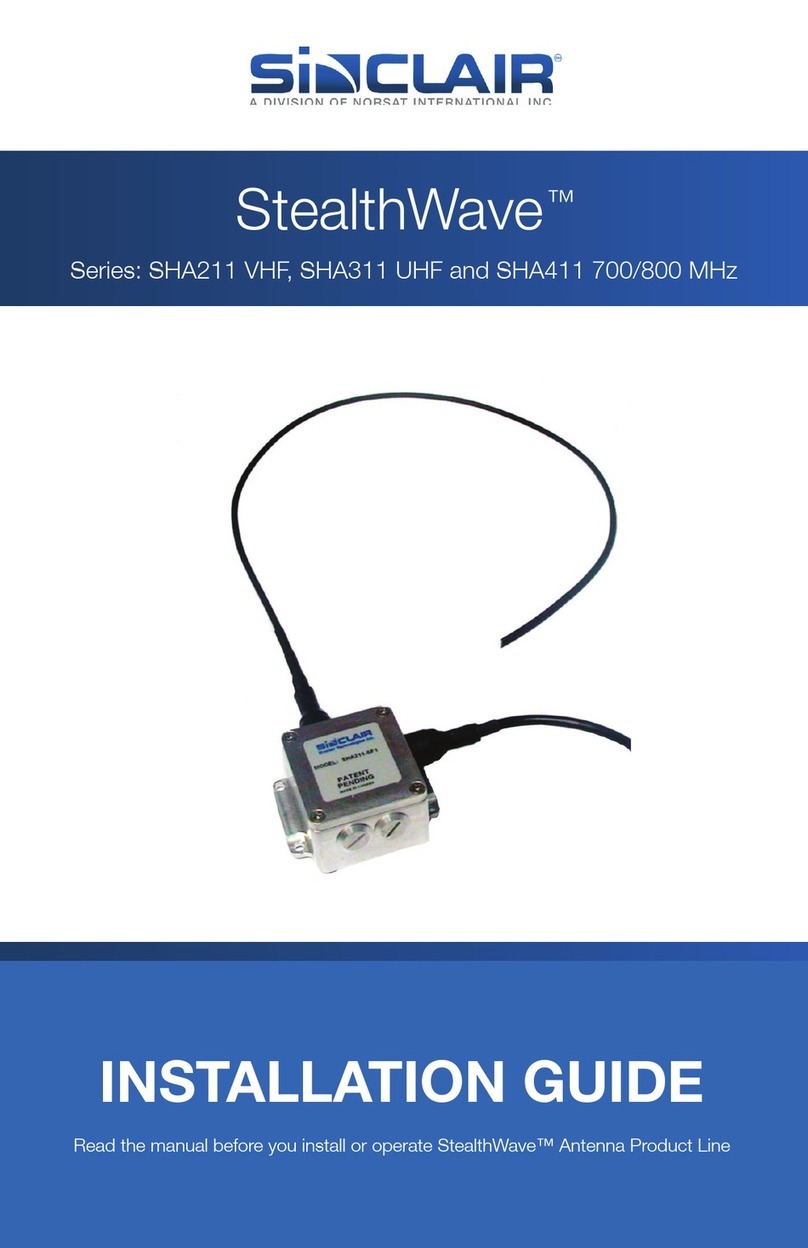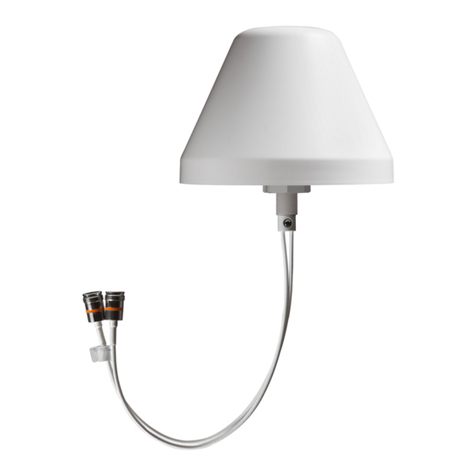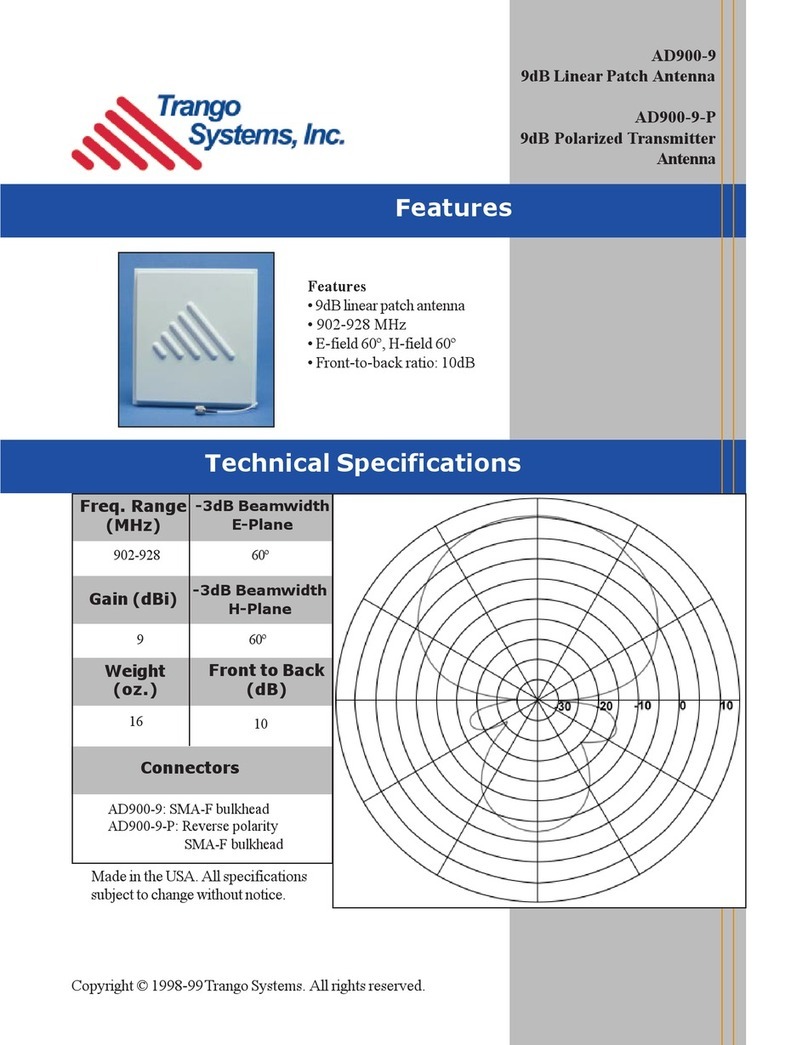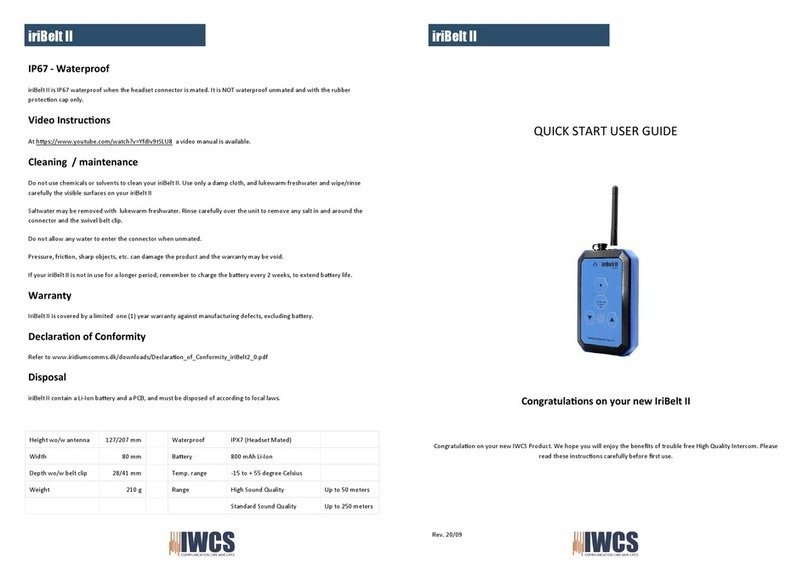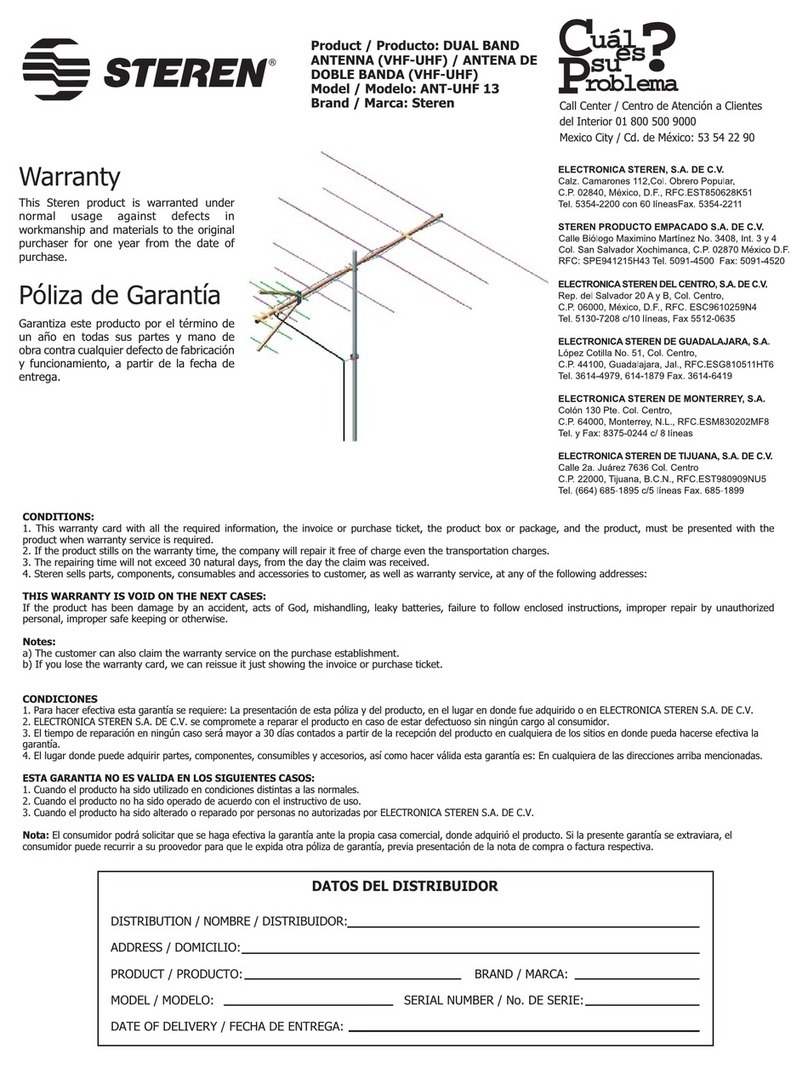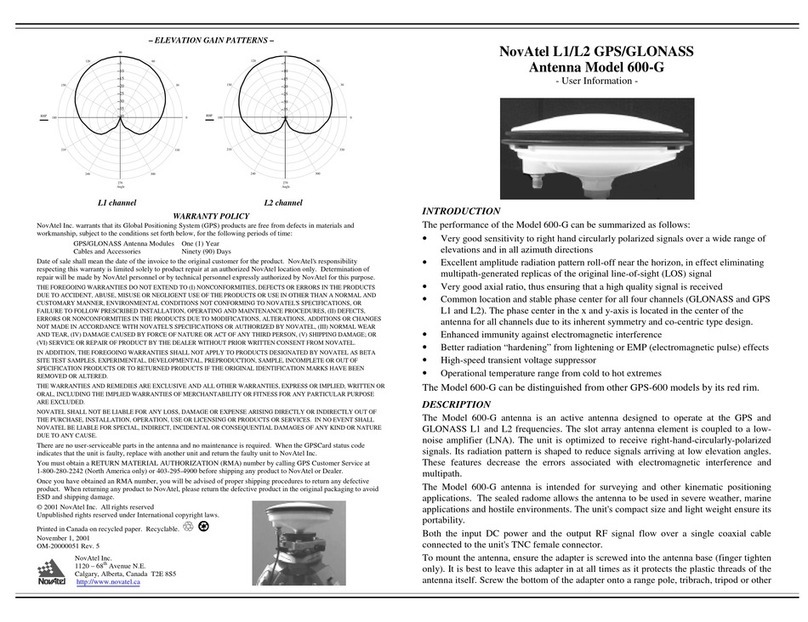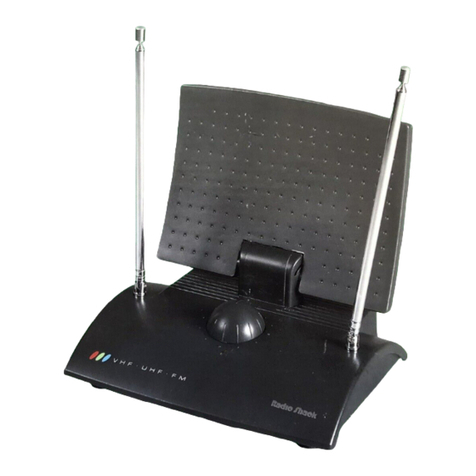
TABLE OF CONTENTS
Copyright Notice....................................................................................................................................... 4
Revision History........................................................................................................................................ 5
Acronyms.................................................................................................................................................. 5
Safety ....................................................................................................................................................... 6
Case 1 - List of Contents.......................................................................................................................... 8
Case 2- List of Contents........................................................................................................................... 9
1. Overview.............................................................................................................................................. 10
2. System Overview................................................................................................................................ 10
3. Hardware ............................................................................................................................................. 11
3.1.Case Dimensions ........................................................................................................................... 11
3.2.Antenna Dimensions ...................................................................................................................... 11
3.3. Introduction to System Components ............................................................................................. 13
4. Assembly............................................................................................................................................. 15
4.1. Site Selection ................................................................................................................................ 15
4.2. High Wind Setup ........................................................................................................................... 15
4.3. Antenna Assembly......................................................................................................................... 15
4.3.1. Tripod Base.......................................................................................................................... 15
4.3.2.Reector ............................................................................................................................... 19
4.3.3. Boom Assembly................................................................................................................... 24
4.3.4. Bipod (Optional for High Wind Operation) ........................................................................... 27
4.3.5. Feed..................................................................................................................................... 28
4.3.6. BUC ..................................................................................................................................... 29
4.4. Cable Connection.......................................................................................................................... 31
5. Operation ............................................................................................................................................ 32
5.1.Levelling ......................................................................................................................................... 32
5.2. Adjusting Antenna Position............................................................................................................ 33
5.2.1. Azimuth Adjustment ............................................................................................................. 33
5.2.1.1. Fine Adjustment................................................................................................................ 33
5.2.1.2. Rough Adjustment ............................................................................................................ 33
5.2.2.Elevation Adjustment ............................................................................................................ 34
5.2.3.Polarization Adjustment ........................................................................................................ 35
5.3. Manual-Acquisition Flow Chart ..................................................................................................... 36
6. Disassembly ....................................................................................................................................... 37
6.1. Preparation.................................................................................................................................... 37
6.2. BUC............................................................................................................................................... 37
6.3. Feed .............................................................................................................................................. 40
6.4. Bipod ............................................................................................................................................. 41
6.5. Boom Assembly ............................................................................................................................ 42
6.6.Reector........................................................................................................................................ 45
6.7. Tripod Base ................................................................................................................................... 50
7. Troubleshooting ................................................................................................................................. 53
8. Maintenance ....................................................................................................................................... 53
9. Technical Specications.................................................................................................................... 54
Appendix A – Magnetic Declination Map.............................................................................................. 55
